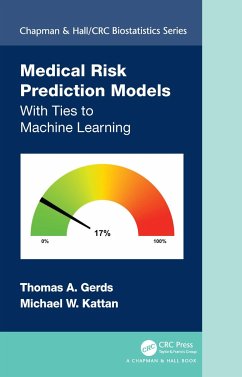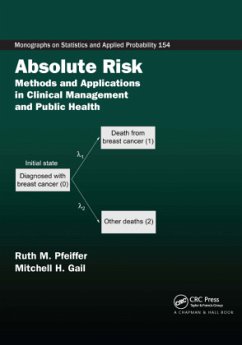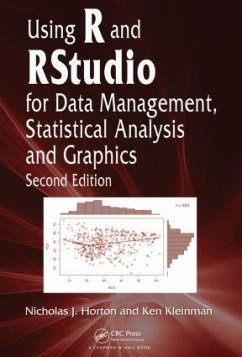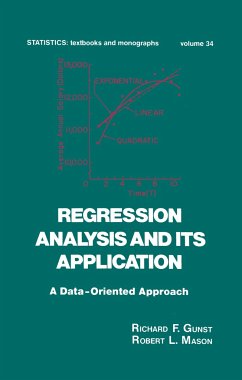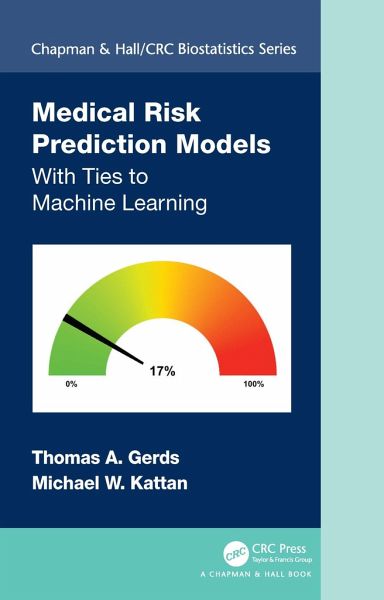
Medical Risk Prediction Models
With Ties to Machine Learning
Versandkostenfrei!
Versandfertig in 6-10 Tagen
154,99 €
inkl. MwSt.
Weitere Ausgaben:

PAYBACK Punkte
77 °P sammeln!
Medical Risk Prediction Models: With Ties to Machine Learning is a hands-on book for clinicians, epidemiologists, and professional statisticians who need to make or evaluate a statistical prediction model based on data. The subject of the book is the patient's individualized probability of a medical event within a given time horizon. Gerds and Kattan describe the mathematical details of making and evaluating a statistical prediction model in a highly pedagogical manner while avoiding mathematical notation. Read this book when you are in doubt about whether a Cox regression model predicts bette...
Medical Risk Prediction Models: With Ties to Machine Learning is a hands-on book for clinicians, epidemiologists, and professional statisticians who need to make or evaluate a statistical prediction model based on data. The subject of the book is the patient's individualized probability of a medical event within a given time horizon. Gerds and Kattan describe the mathematical details of making and evaluating a statistical prediction model in a highly pedagogical manner while avoiding mathematical notation. Read this book when you are in doubt about whether a Cox regression model predicts better than a random survival forest.
Features:
All you need to know to correctly make an online risk calculator from scratch.Discrimination, calibration, and predictive performance with censored data and competing risks.R-code and illustrative examples.Interpretation of prediction performance via benchmarks.Comparison and combination of rival modeling strategies via cross-validation.
Features:
All you need to know to correctly make an online risk calculator from scratch.Discrimination, calibration, and predictive performance with censored data and competing risks.R-code and illustrative examples.Interpretation of prediction performance via benchmarks.Comparison and combination of rival modeling strategies via cross-validation.




